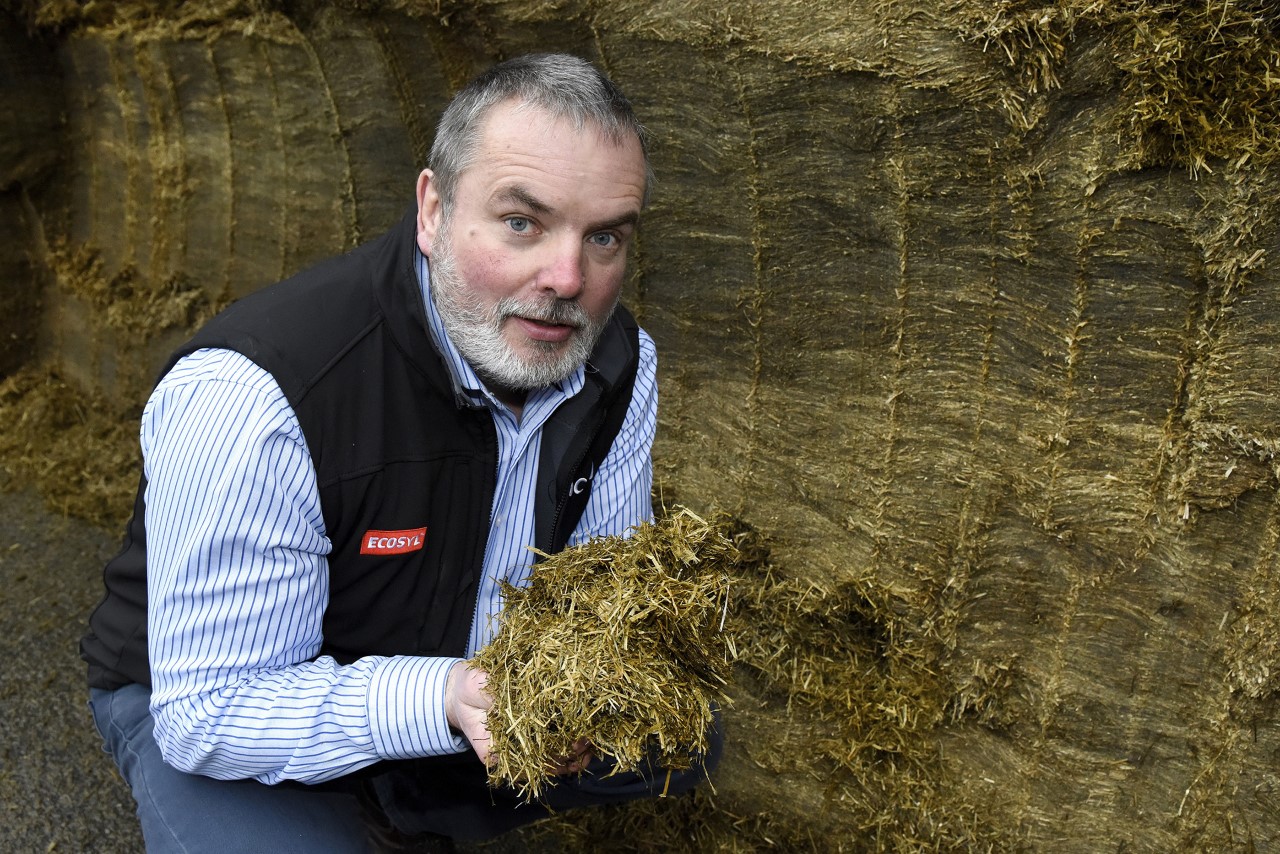Input costs mean good silage is key, Scottish livestock specialist say
20 March 2023
Last year provided Scottish livestock producers with generally kind weather for making silage. But do not assume the same will happen this year. With elevated feed costs, making quality silage to produce milk and meat cost-effectively will be key. 
Those are the messages from Volac’s agri-products business manager for Scotland, Alan Smith, who says better silage allows more of an animal’s nutrition needs to be produced from the farm’s biggest asset – its land.
Not only is home-produced silage a financially attractive feed, it’s also highly sustainable,” says Mr Smith. “Whether you make clamped or baled silage, it’s important to not only reduce visible wastage, but also to minimise the dry matter (DM) and nutrient losses you can’t see, caused by poor fermentation.
“Even in well-managed grass silage clamps, typical DM losses are 10%, but they can be much higher. But what’s crucial to realise is that the bad bacteria that cause losses don’t just feed on the least nutritious parts of this DM. They consume the sugars and proteins, so these lost nutrients will need replacing using bought-in feed.”
By investing in producing good silage, Mr Smith says it puts farms in a stronger position. “Good silage is about harvesting good grass then protecting it with a quality fermentation,” he adds.
Fermentation is simply a form of pickling. In a good fermentation, desirable bacteria produce only lactic, which is highly efficient at preserving silage. If a poor fermentation is allowed to occur due to bad bacteria, weaker acids that are poorer at preserving silage are produced, as well as other compounds, some of which reduce palatability.
For a quality fermentation, Mr Smith says a joined-up approach is needed, combining good in-field and harvest management and good ensiling practices. An integral step is also to use the correct additive, he points out.
“Once you’ve made silage, you can’t turn back the clock. So it’s important to get additive choice correct from the outset. Ecosyl, for example, delivers 1 million beneficial Lactiplantibacillus plantarum MTD/1 bacteria per gram of forage, and results in rapid production of lactic acid to inhibit undesirable bacteria.
“In research, Ecosyl has halved DM losses in grass silage. It has also preserved more true protein, and silage made with Ecosyl has been shown to be higher in metabolisable energy. More importantly, independent dairy trials have shown that feeding a range of silages preserved with Ecosyl boosted milk yield by an average of 1.2 litres per cow per day.
In beef trials, grass silage made with Ecosyl also resulted in an average improvement in daily liveweight gain in growing cattle of 15.2%.
 If making baled silage, Mr Smith says remember that round bales have a large surface area for air to penetrate and cause problems.
If making baled silage, Mr Smith says remember that round bales have a large surface area for air to penetrate and cause problems.
“Slower consumption of higher % DM bales on beef and sheep units makes them particularly susceptible to spoilage and heating, due to being exposed to air for longer at feed-out, so the right type of additive is essential here – for example Double Action Ecobale. Double Action Ecobale includes the same MTD/1 bacterium as Ecosyl, plus a second bacterium to improve fermentation, but also a preservative against heating and spoilage,” he adds.
Use our handy tool to find out which of our silage additives is most suitable for your crop type and how many packs you need.